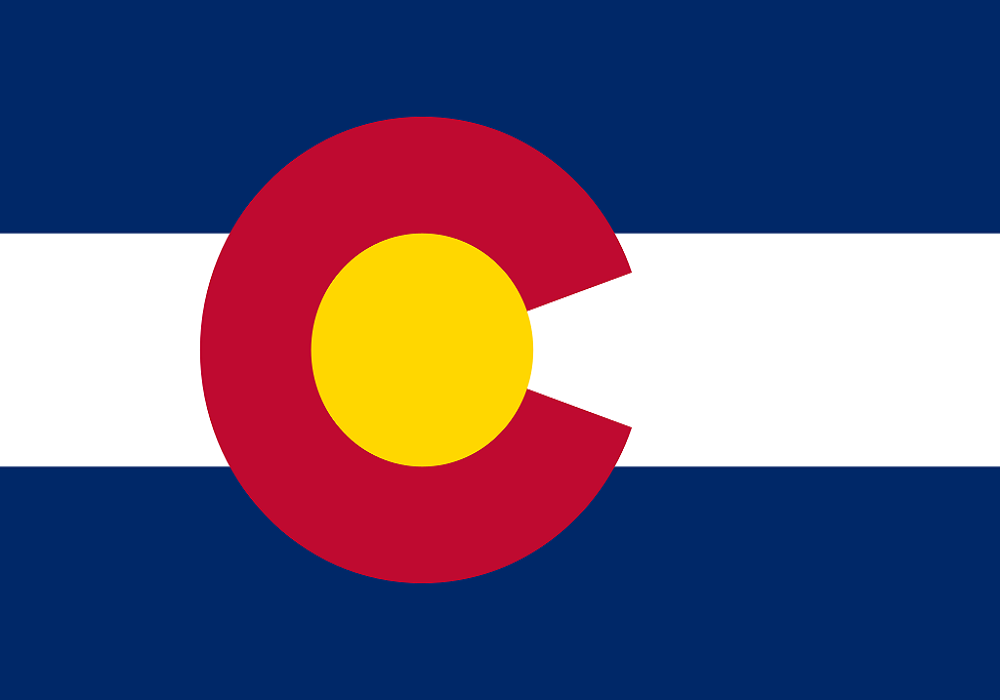In this part 7:
C.R.S. § 14-5-701
COMMENT
A readily apparent difference between UIFSA (2008) and the Convention is the perceived need for definitions in the former, and the very limited number of definitions in the latter. This act contains twenty-nine definitions in Section 102, and an additional seven for this article. In contrast, the Convention contains only seven official definitions. Some of these are synonyms for definitions in UIFSA, i.e., “creditor and debtor” for “obligor and obligee,” and “agreement in writing” for “record.”
Subsection (1), “application” refers to the process for an individual obligor or obligee to request assistance from a central authority under the Convention.
Subsections (2) and (5) identify the governmental entities, i.e., central authority, in each contracting country or political subdivisions thereof, that will function as the operating agencies to facilitate contacts between Convention countries. The Convention is a treaty between the countries in which it is in force thus creating mutual obligations. The duties assigned in the Convention to the central authority of each country will be performed according to the choice of each country. It is crucial to recognize that in the United States it will be the Title IV-D agency of each state that will be designated by the U.S. central authority to perform most of the functions specified in the Convention. It appears likely that in many foreign countries the central authority will serve in the role of a clearinghouse, rather than as the operative enforcement entity, while some countries may assign all central authority functions to one agency.
Subsection (3), “Convention support order” narrows the term “foreign support order,” as employed in Articles 1 through 6. The provisions in those articles also apply to Convention support orders, but when this act is not congruent with the Convention, support orders under the Convention are subject to this article. This article has no application to a support order from a non-Convention foreign country, as defined in Section 102(5)(A) and (B) or a support order entitled to comity, Section 102(5)(C), except to the extent that a Convention country may request enforcement of a non-Convention support order that has been recognized in the United States under some other procedure, See Section 704.
Subsection (4) integrates the “direct request” authorized by the Convention with the provisions for filing a petition in Articles 1 through 6.
The definition in the Convention for “maintenance arrangement” has been rephrased in Subsection (6), and must be read together with Section 710 to understand the process authorized in the Convention.
Convention source: art. 3. Definitions; art. 30. Maintenance arrangements.
Related to Convention: art. 4. Designation of Central Authorities; art. 37. Direct requests to competent authorities.

